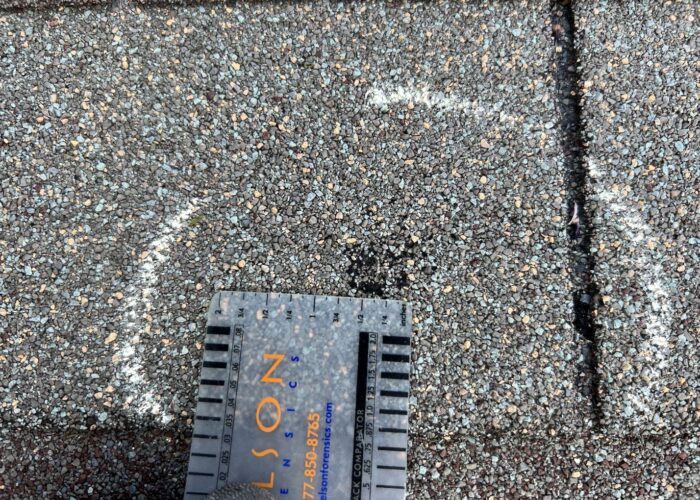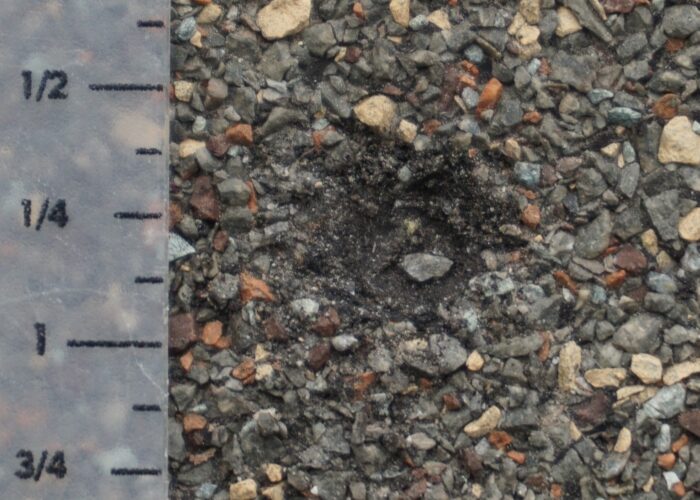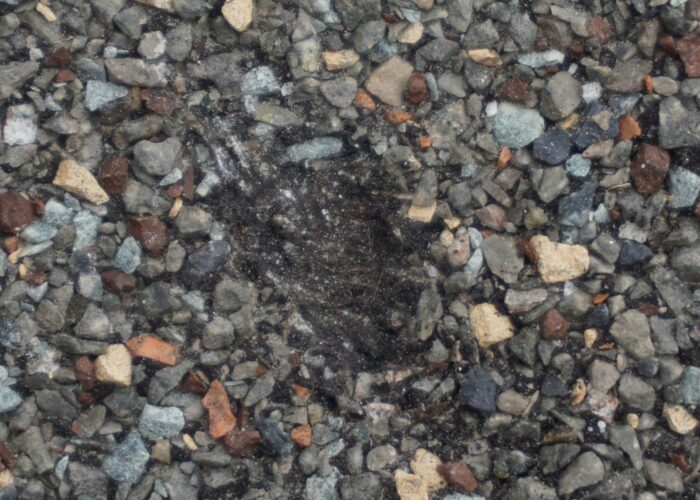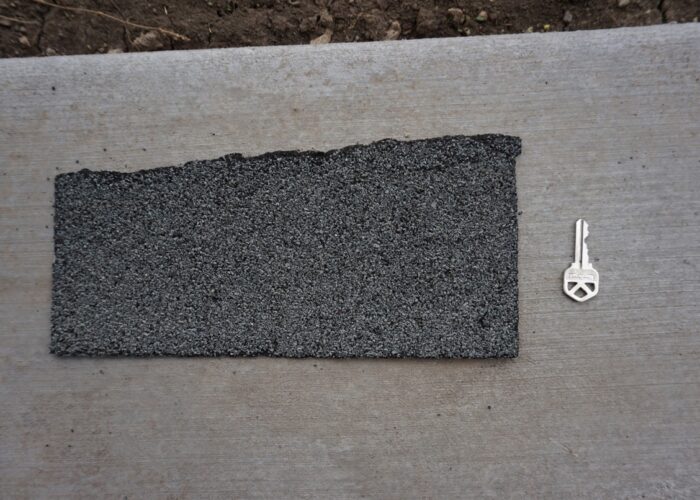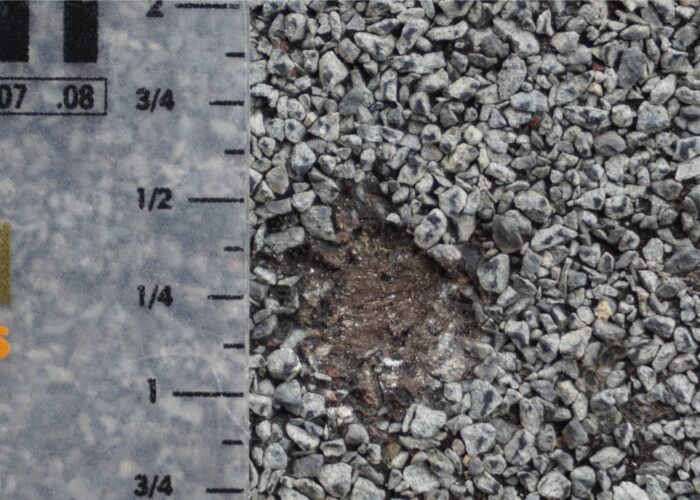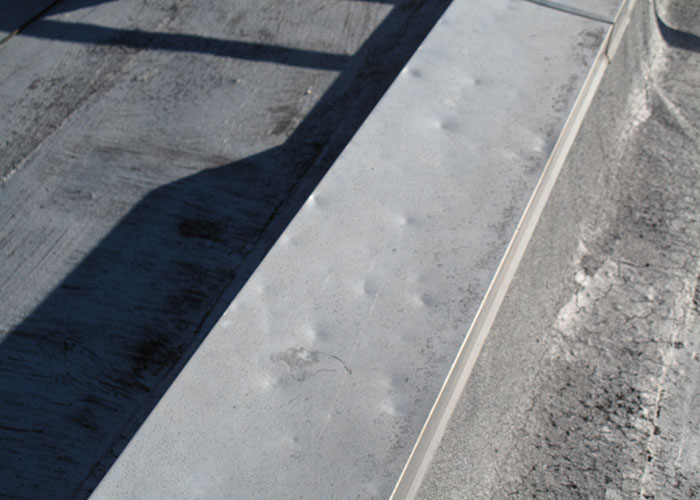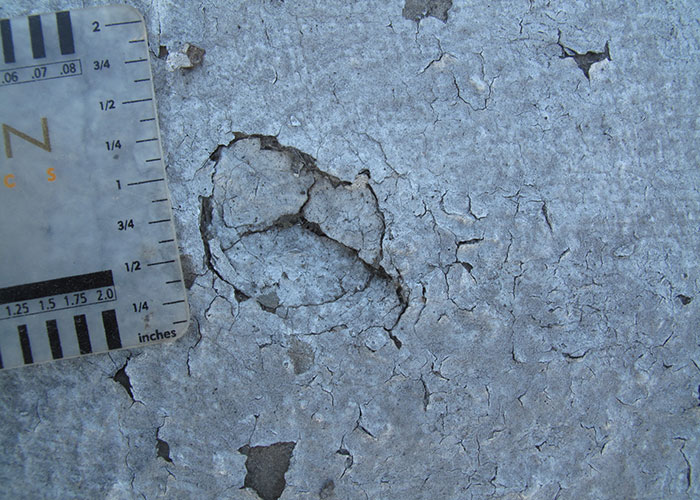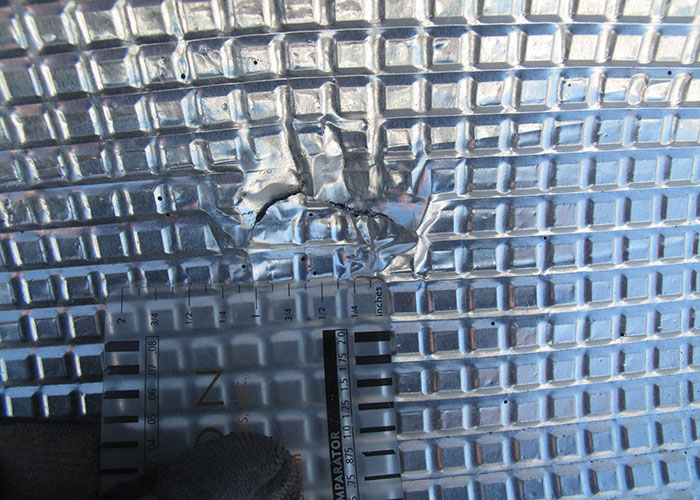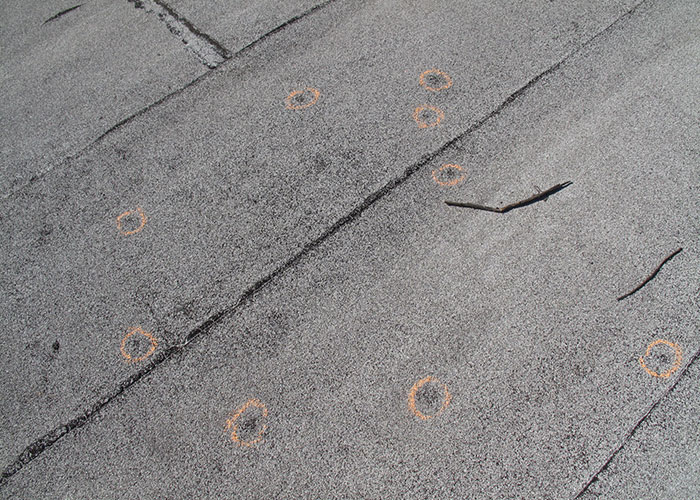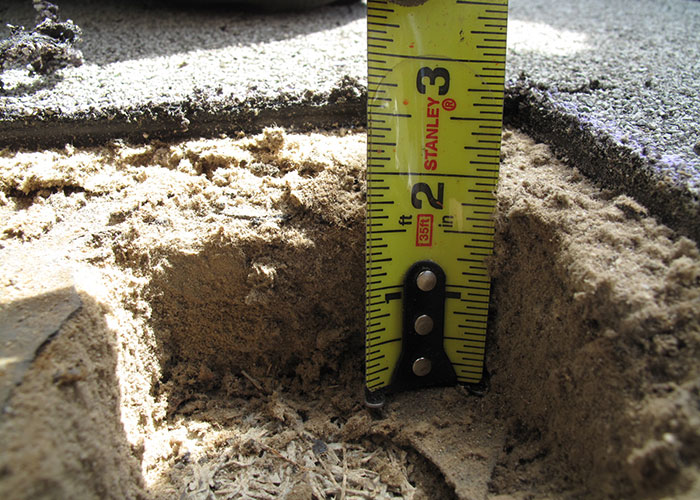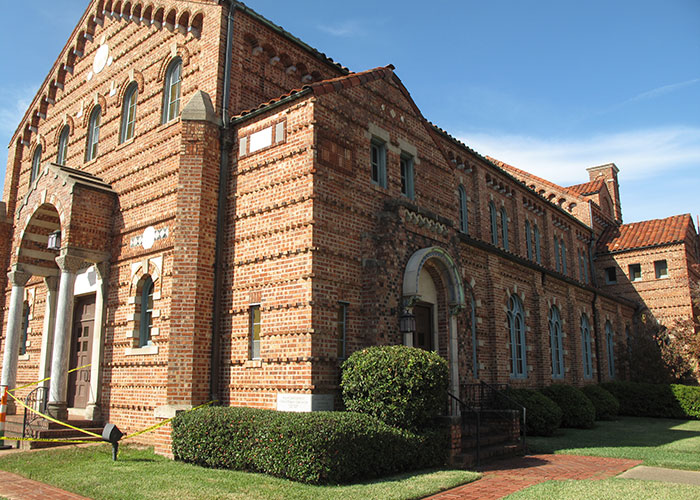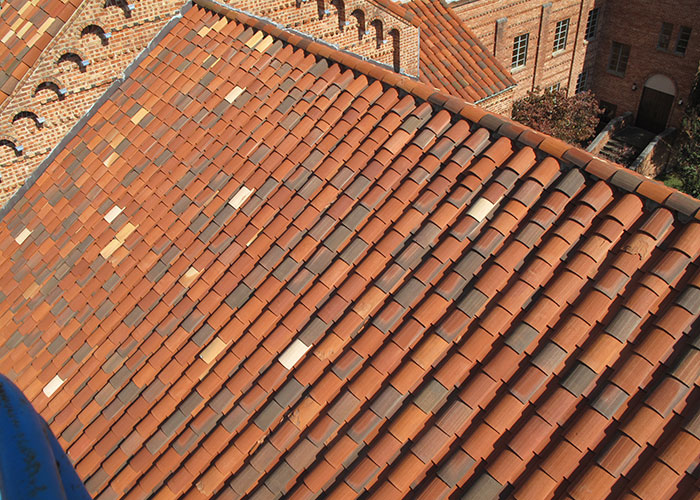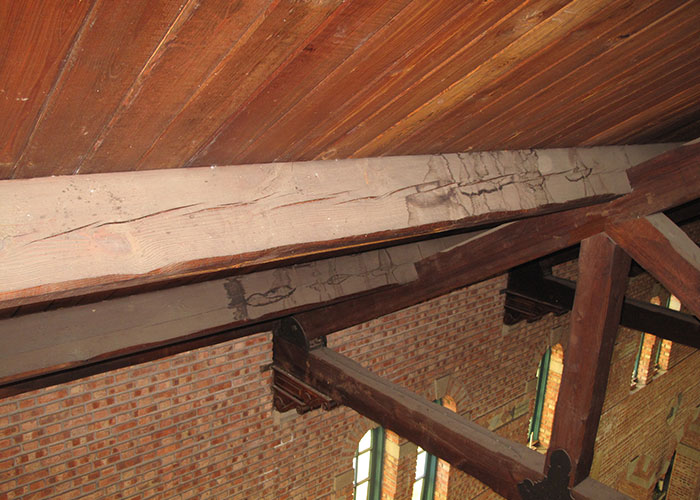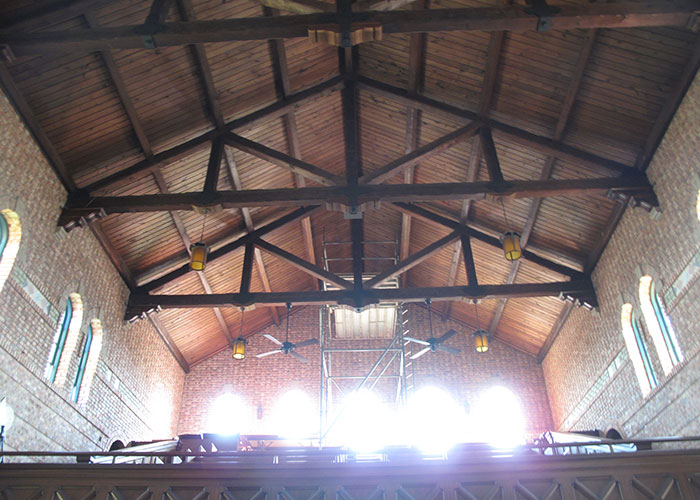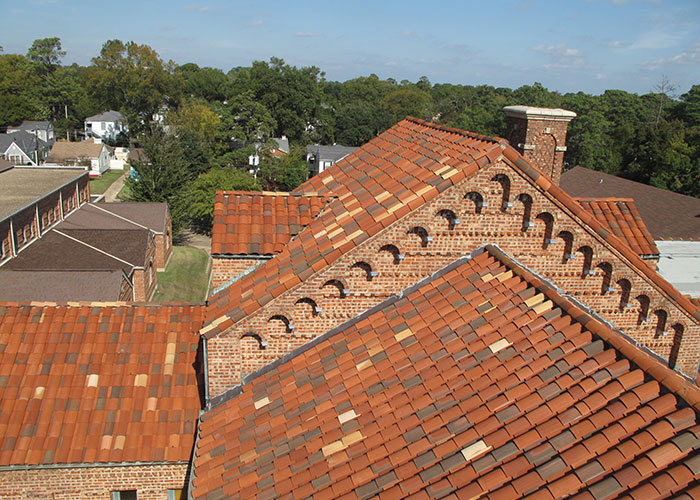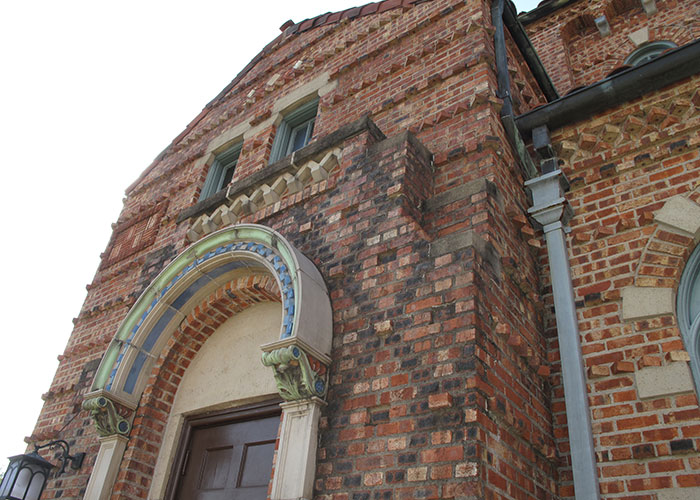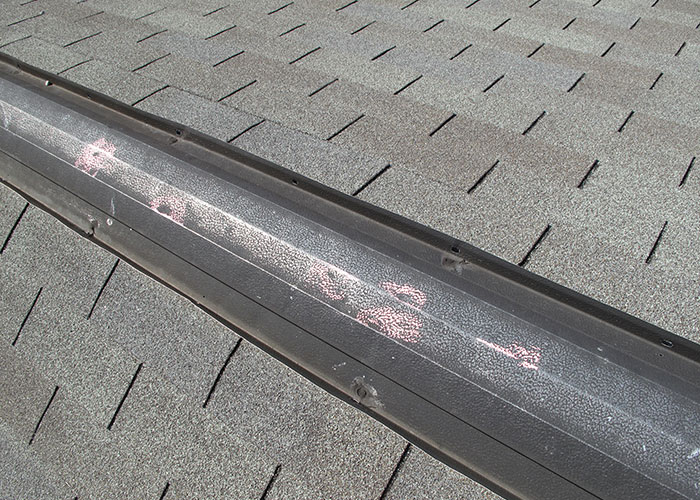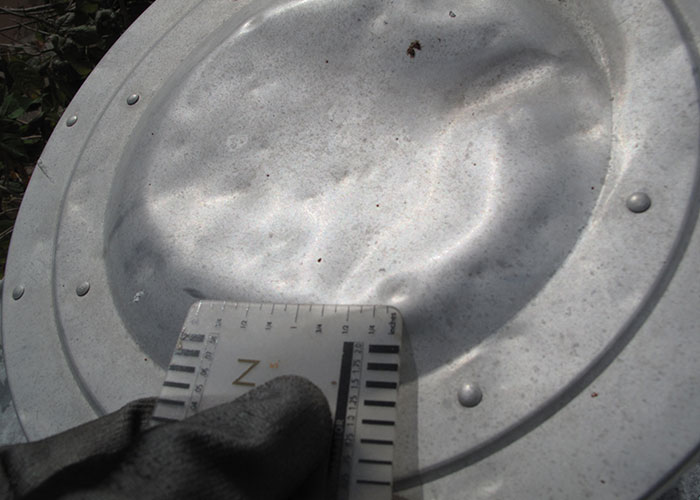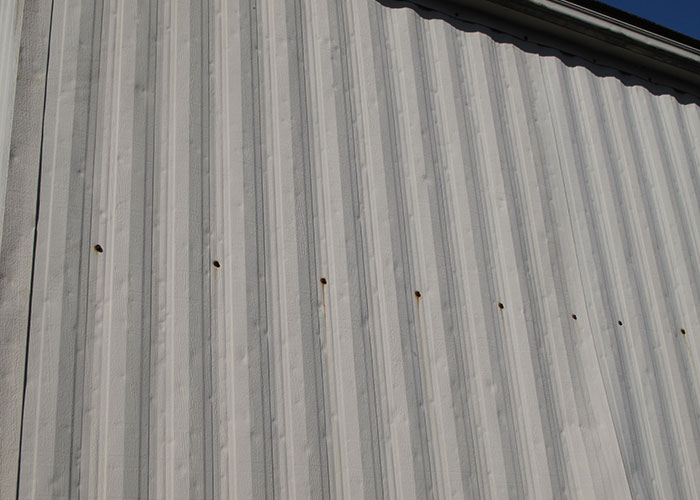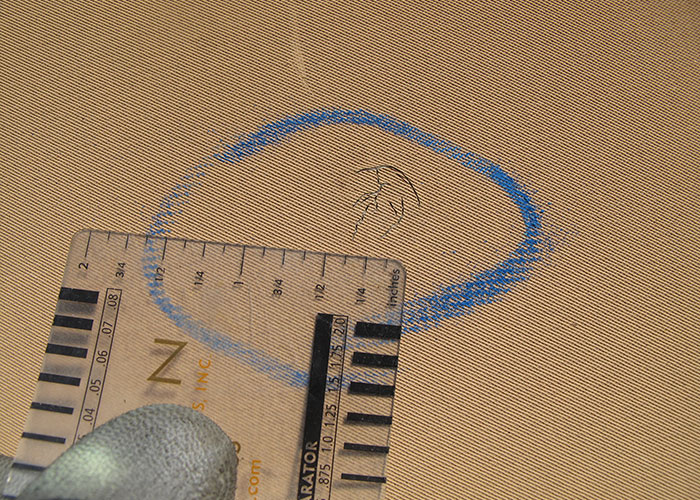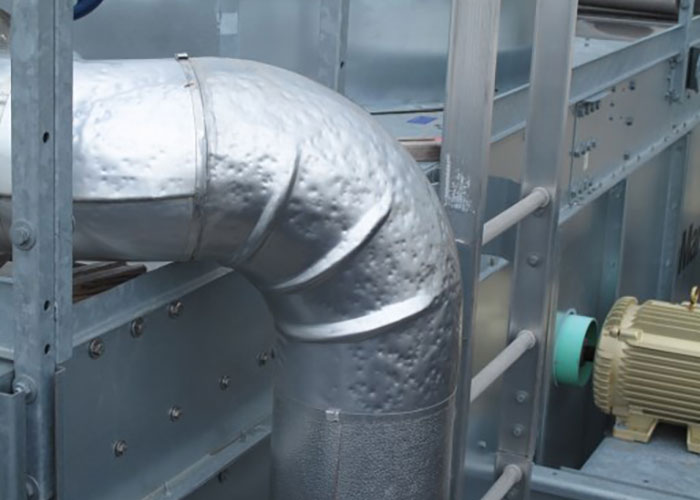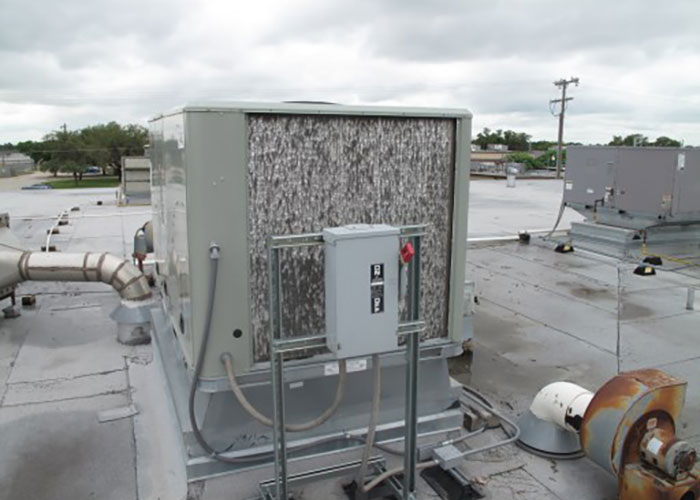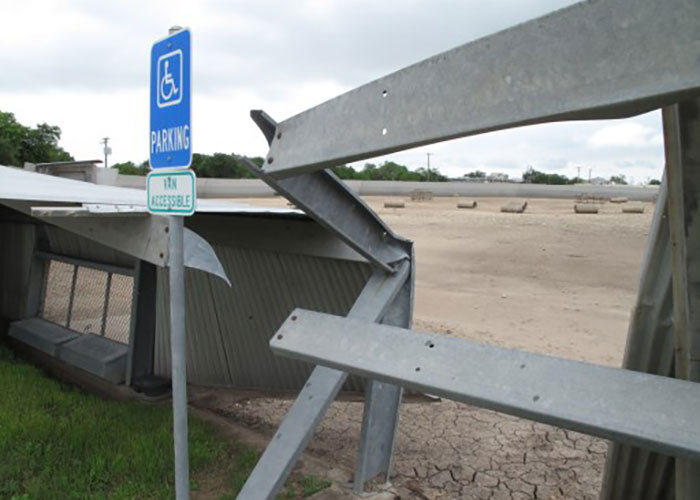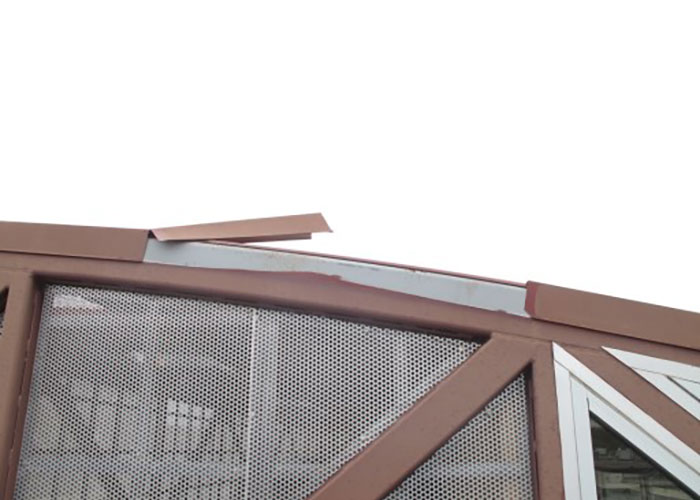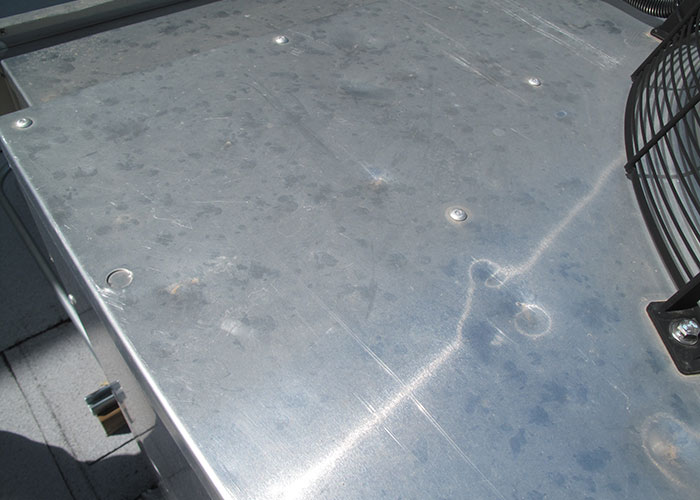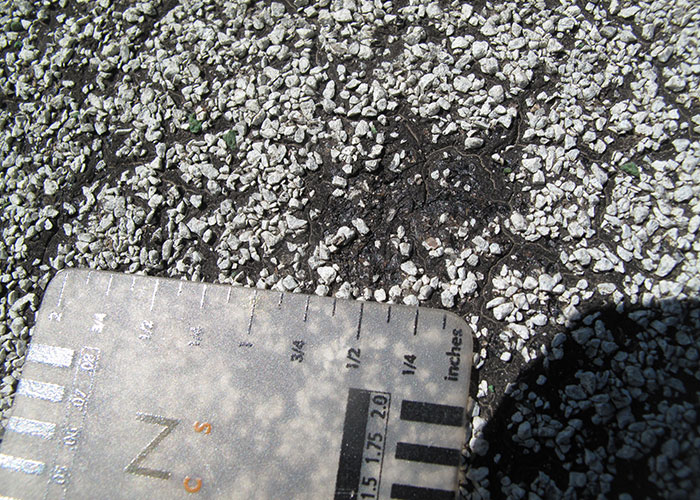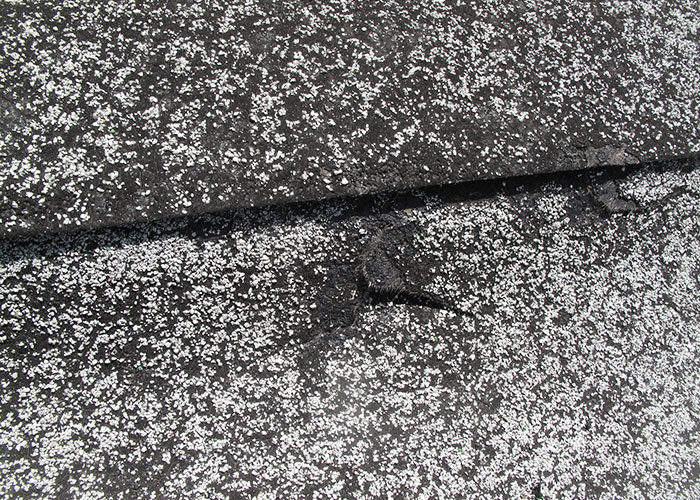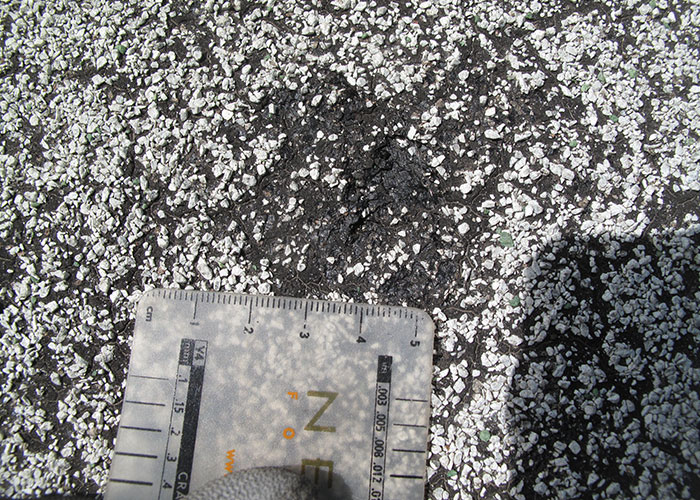Nelson’s engineers and architects are experts at evaluating roof systems and coverings. Nelson’s roofing expertise includes assessment of roof design and detailing, evaluation of drainage conditions, code analysis, evaluation for impact distress, assessment of wind-related damages, determination of cause and extent of water intrusion, and analysis of as-built conditions and maintenance issues. Nelson’s team is equipped to perform detailed damage assessments on all steep-slope and low-slope roof systems.
Nelson is capable of performing an array of cutting-edge testing which is often necessary to provide comprehensive roof assessments.
These tests include detailed surveys to evaluate and quantify hail impact and wind-related distress, removal of samples to evaluate the roof assembly, laboratory evaluation of materials, and moisture surveys, including infrared imaging.
NOTABLE PROJECTS
Age is Not Just a Number
Nelson was asked to conduct a storm distress evaluation of the shingle roofing across an apartment complex with numerous buildings. At first, it appeared that only some portions of roofs exhibited a pattern of recent hail damage while others had very little or none. The cause of the discrepancy was not immediately clear and seemed random throughout the property. Through our continued investigation, the reason for the discrepancy was revealed: two different sets of shingles that were of similar appearance. While each individual roof plane (of which there were multiple per building) was covered with only one or the other, roof planes of these two different shingles were intermixed throughout the property in a seemingly random pattern. Nelson was then able to identify this same subtle difference and pattern in historical aerial imagery and trace it back to partial roof replacements that had occurred a few years prior. The older shingles at the property exhibited a clear and directional pattern of recent hail damage, while the newer replacement shingles exhibited very low amounts of recent hail damage overall, proving that when it comes to roof performance, age is not just a number!
Mechanical Shingle Damage
Nelson was tasked with determining the cause of granule loss markings on asphalt roof shingles. Upon initial observation, the markings were similar in appearance to distress that would be anticipated from hail impacts. With closer evaluation under magnification, the markings consisted of circular areas of removed surface granules and gouged/scraped asphalt bitumen. The scrape markings were oriented in a radial pattern around the approximate center point of the marking, and tiered ridges were observed in the asphalt remnants. These conditions are not consistent with expected markings from hail impacts.
Nelson performed abrasion testing to an asphalt shingle specimen being retained in Nelson’s laboratory for testing purposes. The testing consisted of mechanically abrading the surface of the shingle specimen with various common tools/objects. The test was performed in an attempt to replicate the distress markings observed at the subject roof.
The tools used during Nelson’s shingle abrasion test consisted of a: screwdriver (Phillips and flathead); a hammer (ball-peen and framing); a utility knife; a metal key; and a metal coin.
Based on Nelson’s testing, the distress markings most closely resembled the abrasion markings made by Nelson with a metal key. During the abrasion test with the metal key, the tip of the key was placed on the surface of the shingle and the key was rotated
counter-clockwise multiple times until all surface granules within the marking circumference had been dislocated and displaced.
Nelson concluded that the subject roof shingles were not damaged as a result of hail. Rather, the mechanically-created markings were consistent with distress caused by twisting a tool/object similar to a metal key into the surface of the shingles.
The Whole District
Nelson was retained to evaluate reported hail damage to numerous roofs throughout a large urban school district. Nelson’s investigation revealed hail damage at many, but not all of, the campuses. The varying extents of damage, in conjunction with varying building conditions, required development of unique remediation scopes for each campus. Due to the intricacies of the required remediation, Nelson continued to assist its client long after the roofing evaluations were completed by analyzing code upgrade requirements, developing cost estimates, delineating remediation scopes and cost estimates into specified categorizations, reviewing construction drawings and specifications prepared by project architects, and attending meetings with school district officials.
Historic Church
Nelson was retained to determine the cause of reported water intrusion distress at a nearly 100 year old church in western Louisiana. The church is listed on the U.S. National Register of Historic Places. The reported distress included plaster staining and deterioration, wood trim staining, and damage to the sanctuary’s ridge beam resultant of wind distress to the structure’s clay tile roofing.
The historic structure provided unique challenges for the investigative team. To avoid potentially damaging the delicate clay tile roofing, Nelson observed the roofing conditions from a boom lift and nearby flat roof areas. Additionally, the ridge beam was located high above the floor level and required scaffolding to perform a close examination.
Campus Diversity
Nelson was retained to evaluate structures on twelve school campuses to determine the extent of hail damage and to determine when the damage occurred. Hail damage was readily identifiable at several of the campuses, which made dating the damage the primary focus of this investigation. To aid the dating analysis, Nelson determined the ages of rooftop mechanical units throughout the campuses from manufacturer labels and used aerial imagery to confirm when various roof sections, appurtenances, and metal panels were installed at the campuses. The diversity of roofing materials, components, and appurtenances installed over many years allowed Nelson to identify the timeframe during which the hail damage occurred.
Animal House
A severe storm affected a 200 acre research campus, and Nelson was subsequently asked to evaluate 26 structures throughout the site for damage related to hail impact or wind from the storm. Nelson investigated built-up, modified bitumen, TPO, and metal panel roofing. Using information gathered throughout the site, Nelson determined the approximate size of hail that occurred, determined the directionality of hail impact, and delineated which roofs were affected and what repairs were necessary to remedy the damage. Nelson also determined the scope of wind-related damage, including damage from wind-borne debris impact, at the roofs throughout the campus. Nelson evaluated an animal habitat enclosure at the facility and determined that wind, in combination with structural defects, had caused failures at structural members and weld connections.
Stop the Presses
A large printing facility was located in a storm event area with reports of 1 3/4 inch diameter hail. Due to the nature of the work performed at the facility, and the protection needed for the paper products stored inside, a quick response was needed to evaluate roof damage. Nelson was on site promptly following the storm to conduct a preliminary evaluation and identify any areas in need of emergency repairs. Thereafter, Nelson returned to the site to complete a detailed roof evaluation, which revealed that approximately 75% of the building needed to be reroofed. The nature of the facility required that the repairs be performed quickly, and Nelson coordinated with all parties involved to facilitate rapid remediation. To take the project to the finish line, Nelson assisted the client in several follow-up tasks including evaluating the EIFS cladding of the structure, preparing cost estimates, reviewing contractor bid documents to confirm the appropriate scope of repairs, and attending project construction coordination meetings.



